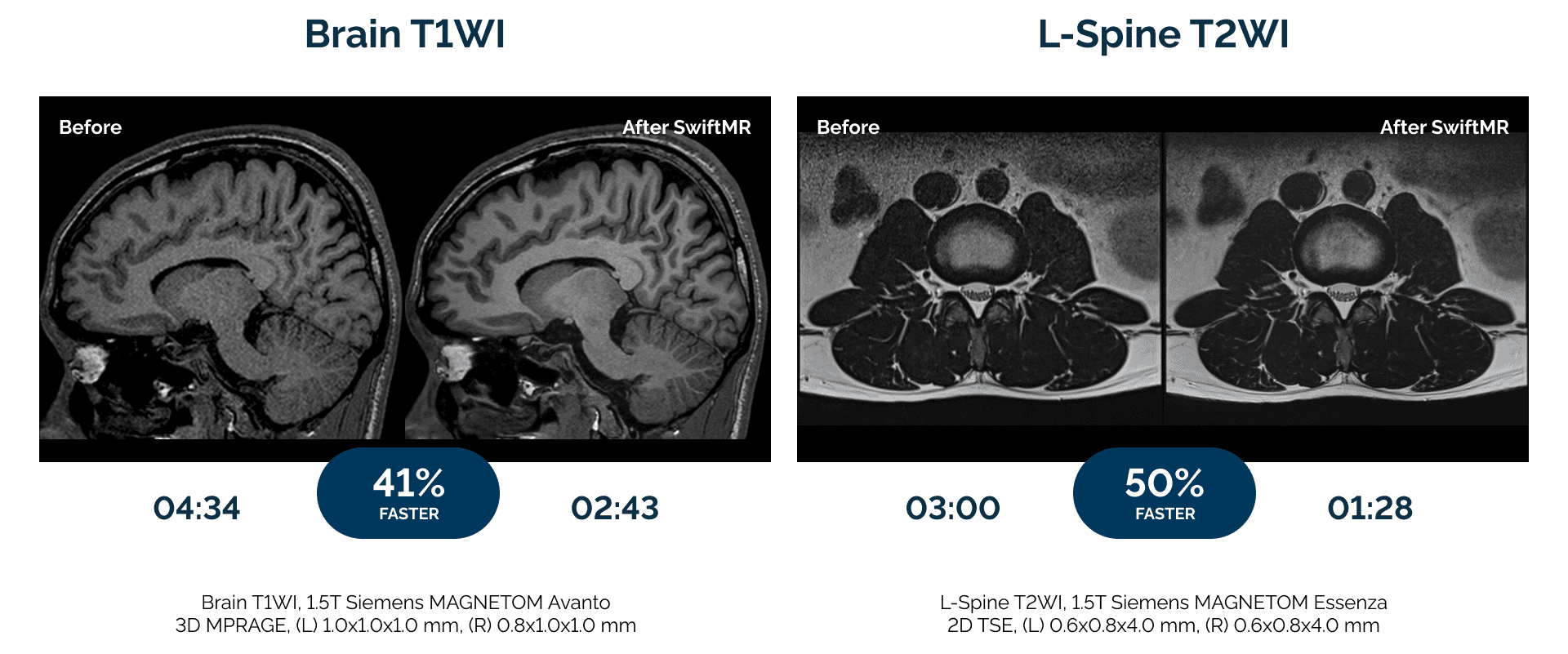AI is no longer being viewed as a diagnostic aid but as essential medical infrastructure. Nowhere is that more apparent than in lung screening, with Germany and other European Union countries increasingly embedding AI into their lung cancer screening guidelines and pilot programs.
This evolution will be on display at RSNA 2025, where Coreline Soft will introduce its groundbreaking chest AI platform AVIEW 2.0.
- The solution demonstrates how unified AI automation is fundamentally transforming radiology workflows and elevating diagnostic precision across pulmonary, cardiac, and airway pathologies.
AVIEW 2.0 represents a paradigm shift from task-specific tools to an integrated diagnostic ecosystem.
- The platform seamlessly combines lung-cancer screening (LCS), coronary-artery calcium (CAC) scoring, and COPD quantification into a single, continuous analytical pipeline.
Clinical validation shows radiologists using AVIEW 2.0 achieve 89% increase in case throughput and 60% reduction in interpretation time compared to the previous generation.
- This effectively consolidates multi-disease CT assessment into one streamlined, automated workflow.
AVIEW’s clinical foundation extends far beyond pilot studies. The platform has processed over 2.5M cases across 19 countries, establishing itself as a proven solution in diverse healthcare ecosystems.
- Most notably, AVIEW has been selected as the AI platform for major government-led lung cancer screening pilots and programs in Germany, France, and Italy.
Beyond Europe, AVIEW solutions are already integrated into major U.S. medical centers, where their clinical reliability has been independently validated in real-world settings…
- UMass Memorial Medical Center has deployed the system as an integrated platform for LCS, CAC, and COPD diagnosis, supporting full-spectrum thoracic screening in daily radiology operations.
- Temple Lung Center, 3DR Labs, and ImageCare Radiology have incorporated AVIEW products into their research and diagnostic environments – each adapting AI functions to site-specific workflows and physician preferences.
SOL Radiology, a fast-growing radiologist-owned practice serving communities across California and Illinois, has deployed AVIEW LCS Plus across its outpatient centers and hospital network, leveraging the platform for high-confidence nodule detection, rapid turnaround, and integrated COPD/CAC assessment.
- The group reports significant gains in diagnostic efficiency and consistency within one week of implementation, supporting its vision for technology-driven, high-quality community radiology.
With national-scale validation in Europe, clinical adoption across top-tier U.S. institutions, and 2.5M cases processed globally, Coreline Soft is positioning AVIEW 2.0 as the new benchmark for AI-driven thoracic imaging – where efficiency, accuracy, and scalability converge.
The Takeaway
Coreline Soft will conduct an end-to-end AI workflow demonstration in the “Radiology Reimagined” demo zone at RSNA 2025, using real-world clinical scenarios. With AVIEW and HUB, the full pathway – from triage and interpretation to reporting and quality management – will be validated against standards such as IHE and FHIR, allowing attendees to experience integrated flow firsthand. Learn more or book an appointment on Coreline Soft’s website.









